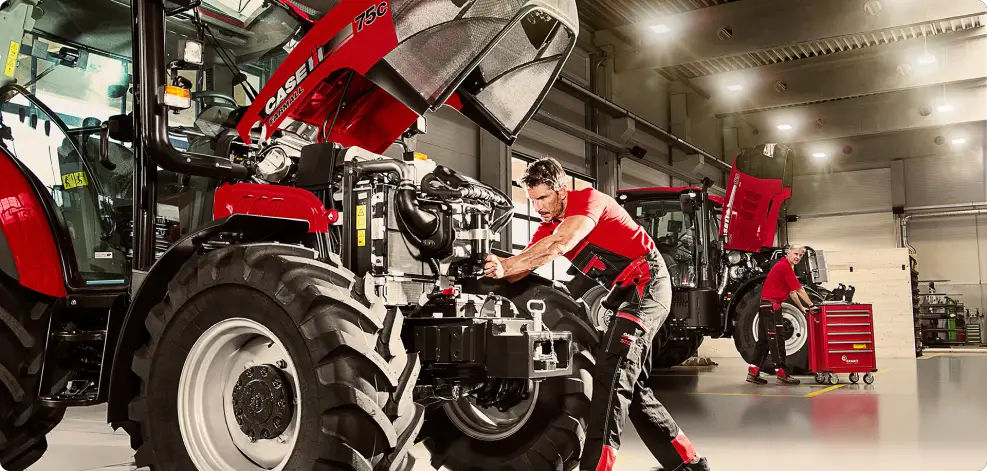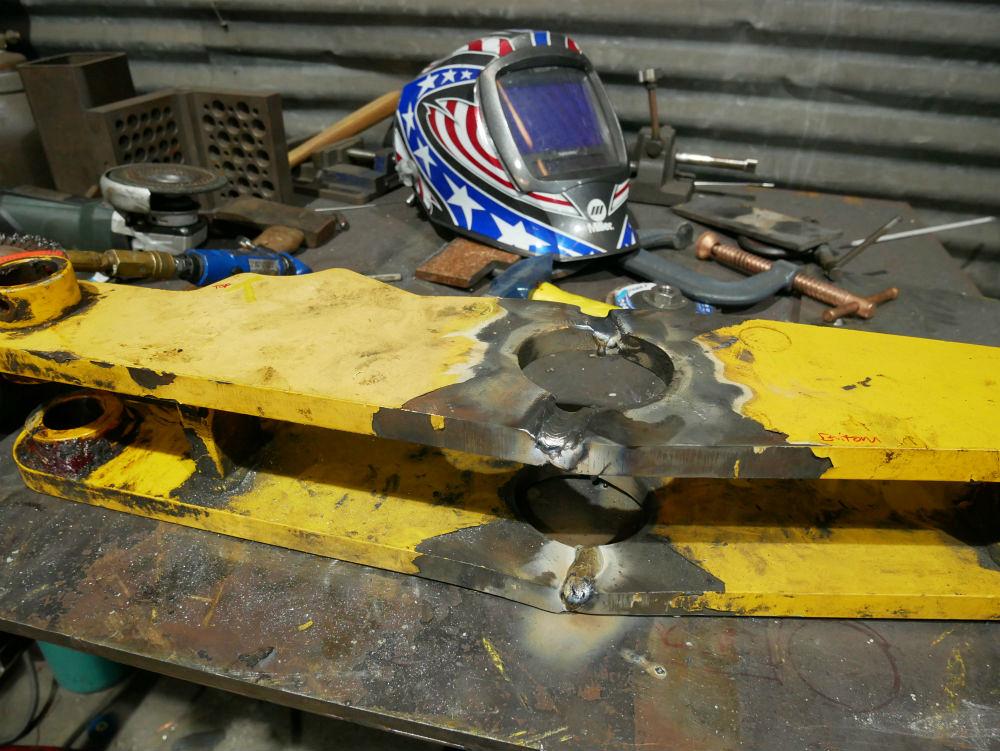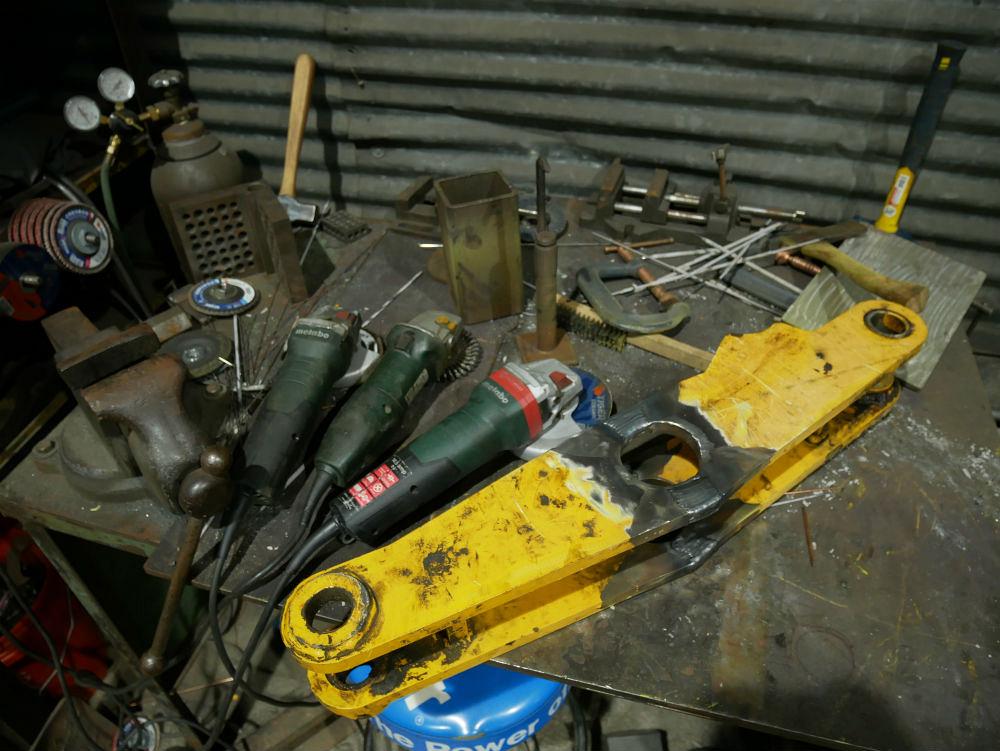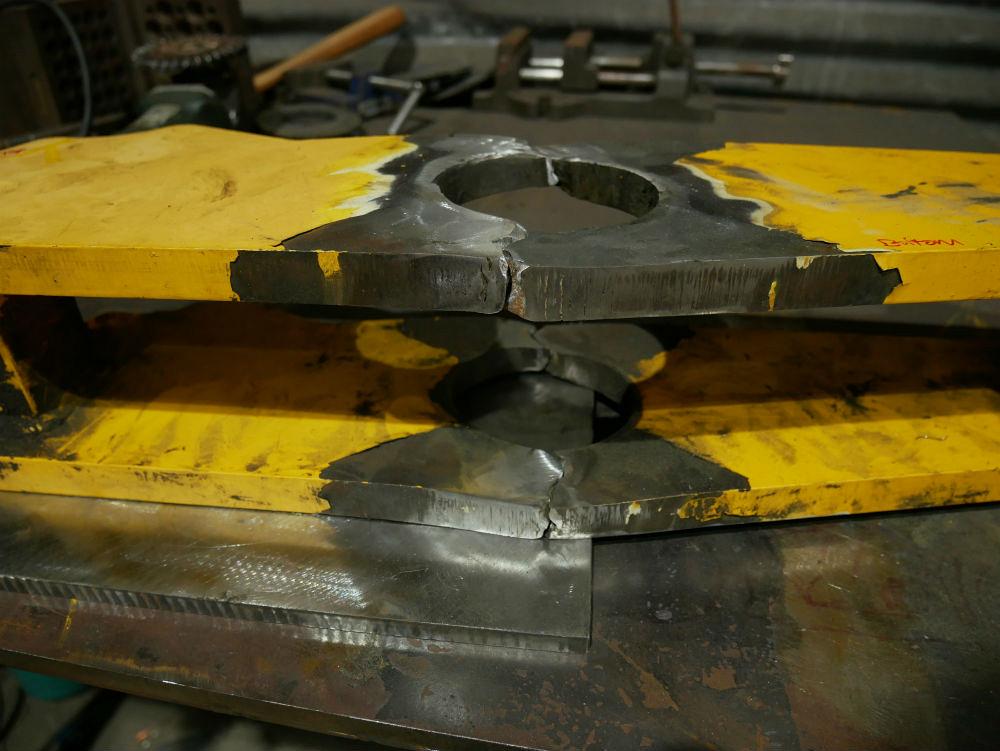This post may contain affiliate links which means I may receive a commission for purchases made through links. Learn more on my Private Policy page.
If you find yourself staring at a broken-down tractor on your property, wondering how on earth you’re going to get it up and running again, fear not! In this article, we’ll provide you with some invaluable tips and guidance on how to repair your broken tractor. Whether you’re a seasoned farmer or just a hobbyist, we’ll walk you through the steps to diagnose and fix the most common issues, so you can get back to work in no time. So grab your toolbox and let’s get started on reviving your trusty farming companion!
This image is property of cdn.thefabricator.com.
Identify the Problem
When your tractor breaks down, the first step is to identify the problem. This will help you determine what steps you need to take in order to fix it. One way to do this is by listening for any unusual noises that may be coming from the tractor. Pay attention to any grinding, rattling, or squeaking sounds, as they can be indicators of a mechanical issue.
Another important thing to check for is fluid leaks. Look under the tractor for any signs of leaking oil, coolant, or hydraulic fluid. A leak can not only cause the tractor to malfunction, but it can also lead to further damage if not addressed promptly.
Next, examine the engine. Check for any visible damage, such as cracked hoses or loose connections. Make sure all the belts are intact and properly aligned. Additionally, inspect the air filter and ensure it is clean and free of debris. A clogged air filter can affect the performance of the engine.
Lastly, inspect the electrical system. Look for any loose or corroded wires, as they can prevent proper electrical flow and result in various issues. Take note of any blown fuses or malfunctioning switches as well. A thorough examination of these components will help you pinpoint the problem and determine the necessary repairs.
Gather Necessary Tools and Supplies
Once you have identified the problem, it’s time to gather the tools and supplies you will need for the repair. Having the right equipment on hand will make the process much smoother and more efficient.
A basic tool kit is essential for any tractor repair. It should include items such as wrenches, pliers, screwdrivers, and sockets of various sizes. These tools will come in handy for common tasks like tightening bolts, removing screws, or disconnecting components.
In addition to the basic tool kit, you may also need replacement parts. It’s a good idea to have some commonly used parts on hand, such as belts, filters, and gaskets. This will allow you to quickly replace any damaged or worn-out components without having to wait for a new part to arrive.
Don’t forget about safety gear. When working on the tractor, it’s important to protect yourself from potential hazards. Wear gloves to safeguard your hands from sharp edges or hot surfaces. Safety goggles will shield your eyes from debris or flying particles. Depending on the specific repair, you may also need ear protection or a face mask. Always prioritize your safety while working on the tractor.
Safety Precautions
Before diving into the repair, there are a few safety precautions you should take to ensure your well-being and prevent further damage to the tractor. One of the first steps is to disconnect the battery. This will minimize the risk of electrical shock and prevent any accidental activation of the engine.
Wearing protective clothing is also crucial. Choose clothing made of durable and flame-resistant materials. Long-sleeved shirts and long pants are preferred to provide maximum coverage. Steel-toed boots will protect your feet from potential injuries.
Furthermore, secure the tractor properly before starting any repair work. Park it on a level surface and engage the parking brake. Use wheel chocks to prevent any unintended movement. If possible, block the tractor to prevent it from rolling. Taking these precautions will provide a stable and safe environment for the repair.
Troubleshooting and Diagnosing
Now that you are ready to begin the repair process, it’s important to troubleshoot and diagnose the specific issue your tractor is experiencing. The tractor manual is an invaluable resource for this step. Refer to the manual for any troubleshooting guides or diagnostic procedures that can help identify the problem.
In addition to the manual, it’s also helpful to familiarize yourself with common issues that tractors may encounter. This knowledge can assist you in narrowing down the possible causes of the problem. Keep an eye out for symptoms such as loss of power, erratic engine performance, or difficulty in shifting gears.
Performing a visual inspection is another effective way to diagnose the issue. Check all hoses, belts, and connections for signs of wear, damage, or leakage. Look for any loose or disconnected wires in the electrical system. Inspect the engine for any visible signs of trouble, such as smoke, oil leaks, or damaged components.
If the issue is not immediately apparent, you may need to use diagnostic tools. These tools can help identify underlying problems that are not easily visible to the naked eye. Common diagnostic tools for tractors include multimeters, compression testers, and code readers. Follow the manufacturer’s instructions on how to use these tools properly.
This image is property of cdn.thefabricator.com.
Repairing Minor Issues
Some tractor issues can be classified as minor and can often be resolved with a few basic repairs. Here are some common minor repairs that you may encounter while working on your tractor:
Changing a flat tire is a relatively simple task and can be done with the help of a jack and a lug wrench. Follow the instructions in the tractor manual for proper tire replacement.
Replacing broken belts is another common repair. Start by loosening the tension on the existing belt, then remove it and replace it with a new one. Ensure the new belt is properly aligned and tensioned according to the manufacturer’s specifications.
Fixing leaking fluids can be done by identifying the source of the leak and replacing the faulty seal or gasket. Clean the affected area thoroughly before installing the new seal to ensure a proper seal.
Repairing Major Issues
While some repairs are minor and can be done easily, others may require more extensive work. Here are a few examples of major repairs that you may encounter while repairing your tractor:
An engine overhaul involves disassembling and repairing or replacing various engine components. This repair is more complicated and may require the assistance of a professional mechanic with specialized knowledge.
Transmission repair can be a complex task, as it involves dismantling and rebuilding the transmission system. It’s important to follow the manufacturer’s instructions carefully or seek professional help if you’re not confident in your abilities.
Rebuilding the hydraulic system requires extensive knowledge and experience. This repair involves repairing or replacing hydraulic hoses, cylinders, and valves. It is highly recommended to consult a professional for this type of repair to ensure it is done correctly.
This image is property of cdn.thefabricator.com.
Replacing Parts
Sometimes, a repair will require the replacement of certain parts. Here is a step-by-step process for replacing parts on your tractor:
Identify the faulty part by thoroughly inspecting the tractor and confirming the source of the problem. Consult the tractor manual for guidance on proper identification of the part.
Remove the faulty component by following the manufacturer’s instructions. Use the appropriate tools to carefully disconnect any connections or fasteners that hold the part in place.
Replace the faulty part with a new one. Make sure the replacement part is compatible with your tractor’s make and model. Follow the manufacturer’s instructions for proper installation.
Ensure correct installation by double-checking all connections and fastenings. Test the repaired component to ensure it functions properly.
Performing Routine Maintenance
Regular maintenance is vital to keep your tractor running smoothly and prevent major breakdowns. Here are a few essential routine maintenance tasks you should perform:
Regular oil changes are crucial to maintaining the health of your tractor’s engine. Follow the manufacturer’s recommended oil change intervals and use the appropriate type of oil for your tractor.
Filter replacement is another critical maintenance task. Replace the air filter, fuel filter, and hydraulic filter as recommended by the tractor manual. Clean filters will ensure optimal performance and prolong the life of your tractor.
Greasing moving parts is important to reduce friction and prevent premature wear. Use a grease gun to apply grease to the tractor’s various pivot points, bearings, and joints. Refer to the manual for the correct locations and frequency of greasing.
This image is property of cdn.thefabricator.com.
Testing and Fine-Tuning
Once you have completed the repairs or maintenance tasks, it’s crucial to test and fine-tune your tractor to ensure everything is in proper working order.
Conduct an operational test by starting the tractor and running it for a few minutes. Pay attention to any unusual noises or vibrations. Test the various functions of the tractor, such as steering, brakes, and transmission, to ensure they are working correctly.
Adjust the steering and brakes if necessary. Follow the tractor manual for instructions on how to make these adjustments. Properly functioning steering and brakes are essential for safe operation.
Check for proper functioning of all repaired or replaced components. Test each one individually to ensure they are working as intended. Rectify any issues or defects before using the tractor for regular tasks.
Seek Professional Help if Needed
While some repairs can be accomplished with basic mechanical knowledge and skills, there may be instances where it’s best to consult a professional mechanic or tractor repair service.
Knowing when to consult a mechanic is crucial. If you encounter a problem that is beyond your level of expertise, or if the repair requires specialized tools or equipment that you don’t possess, it’s best to seek professional help. Tractor repair experts have the necessary experience and knowledge to accurately diagnose and address more complex issues.
Finding a tractor repair service is relatively easy. Start by asking for recommendations from fellow tractor owners or tractor dealerships in your area. Research online reviews to find reputable and reliable services. Contact the repair service to discuss your specific issue and inquire about their expertise and pricing.
In conclusion, repairing a broken tractor requires thorough problem identification, proper tools and supplies, safety precautions, troubleshooting and diagnosing, repair techniques for minor and major issues, part replacement, routine maintenance, testing, and seeking professional help if needed. By following these steps and using a friendly tone, you’ll be well-equipped to handle tractor repairs effectively and efficiently. Remember to always prioritize safety and consult experts when necessary to ensure the longevity and performance of your valuable tractor.
This image is property of cdn.thefabricator.com.
This post may contain affiliate links which means I may receive a commission for purchases made through links. Learn more on my Private Policy page.






